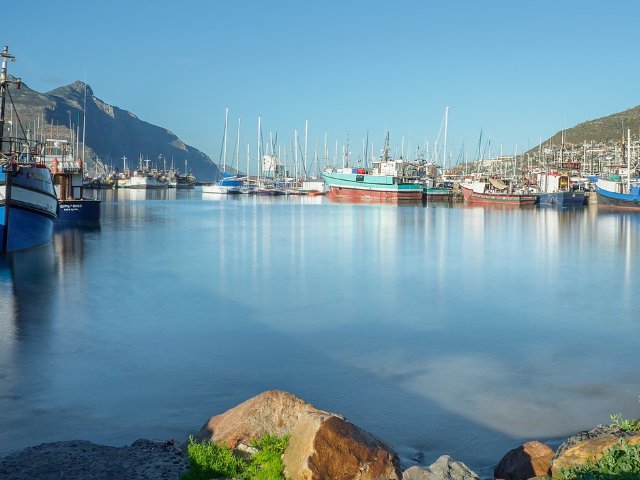
-
City Of Cape Town Is Pumping More Sewage Into The Sea At Hout Bay Than They Are Allowed
20 Nov 2023 by Tayla in Environment, Lifestyle, Nature, Politics, South Africa
[imagesource:needpix]
Is the City of Cape Town really allowing our oceans to become unswimmable and unliveable by pumping billions of litres of sewage into it?
It seems so.
It looks like the City has been pumping more sewage into the ocean at Hout Bay than is allowed. To make matters worse, the data shows that the sewage does not even meet the minimum standards for effluent discharge.
There are three marine sewage outfalls in Cape Town, one being in Hout Bay, while the other two are at Green Point and Camps Bay. At the Hout Bay one, all the raw sewage is pushed through a three-millimetre grid to remove solids and then pumped through a pipe that extends 1.7 kilometres out to sea at a depth of 37 metres.
In 2019, Minister of Forestry, Fisheries and the Environment (DFFE) Barbara Creecy granted the permit for the release of sewage through the Hout Bay marine outfall. She also granted permits for the Green Point and Camps Bay outfalls in December 2022 and January 2023 respectively.
Creecy has ordered the City to undertake a public participation process about the issuing of the permits, which ends on 21 November.
In the meantime, the situation in Hout Bay is getting more dire. GroundUp reported that the City has been violating special conditions included in the marine outfall discharge permit for Hout Bay, according to information obtained via a Promotion of Access to Information Act (PAIA) application by ActionSA provincial chairperson Michelle Wasserman.
The data and documents obtained by Wasserman show that the City pumped more than the maximum allowed volume of five million litres of sewage per day from the outfall on 104 out of 181 days in the first six months of this year. On six of these days, the City released more than double the allowed maximum volume of sewage into the ocean, releasing as much as 12.5-million litres on one day. The pipe is designed to manage a maximum of 9.6-million litres a day.
Over the six months, the City released a staggering amount of sewage through the Hout Bay outfall – over one billion litres. The maximum allowed flow for the period is 905 million litres.
According to the permit conditions, the maximum allowed volume must not be exceeded without authorisation from the DFFE. Wasserman says the City told her “no authorisation was received”.
The City’s data also shows that sewage quality did not meet minimum standards.
Levels were exceeded for the amount of suspended solids in the sewage effluent, the chemical oxygen demand, and the pH. On some days these levels were not even measured. No results were provided for the levels of arsenic, cadmium, calcium, copper, chromium, cyanide, or mercury, all of which are supposed to be measured weekly.
The City’s failure to comply with the conditions of the outfall discharge permit means it falls foul of the Integrated Coastal Management Act of 2008 and so, as a result, ActionSA has laid a criminal charge for this violation and asked the police to investigate the contravention of the Act.
The data for the Green Point and Camps Bay outfalls are not enough yet, so Wasserman is waiting for time to pass and data to be collected enough to put in a PAIA request for the monitoring results there.
[source:groundup]
Latest News
-
Powerful South African Short Film ‘The Last Ranger’ Scoops Up Awards And International Praise
[imagesource: Cindy Lee Director/Facebook] A compelling South African short film, The L...
-
Caprice Summer Has Started With Brunch (But Better) This Saturday + Other Lush Camps Bay Parties
[imagesource: Instagram/cafecaprice] Is it just me or has Summer been taking its sweet ...
-
Notre-Dame Cathedral In Paris Restored And Ready For Grand Reopening After Devastating Fire
[imagesource:wikimedia] After five years of work and millions in donations, The Notre-D...
-
Self-Destructing Number Plates: The Future Of Gauteng’s Roads Or Spy-Tech Fantasy?
[imagesource:worldlicenseplates.com] What sounds like a James Bond movie is becoming a ...
-
I Changed My Relationship With Food And You Won’t Believe What Happened Next
[imagesource:supplied] As the festive season approaches, it's time to deck the halls, g...
-






























